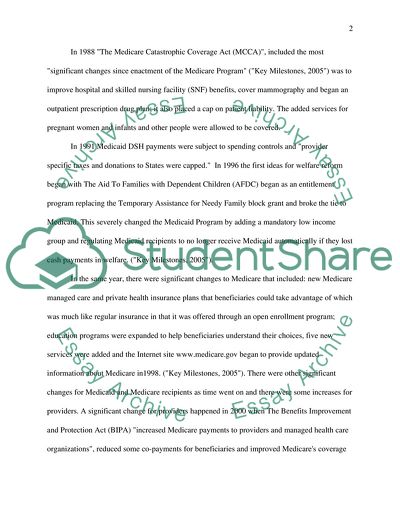Cite this document
(Research on how hospitals can protect their revenue streams as Coursework, n.d.)
Research on how hospitals can protect their revenue streams as Coursework. https://studentshare.org/health-sciences-medicine/1715838-research-on-how-hospitals-can-protect-their-revenue-streams-as-medicare-medicaid-increase
Research on how hospitals can protect their revenue streams as Coursework. https://studentshare.org/health-sciences-medicine/1715838-research-on-how-hospitals-can-protect-their-revenue-streams-as-medicare-medicaid-increase
(Research on How Hospitals Can Protect Their Revenue Streams As Coursework)
Research on How Hospitals Can Protect Their Revenue Streams As Coursework. https://studentshare.org/health-sciences-medicine/1715838-research-on-how-hospitals-can-protect-their-revenue-streams-as-medicare-medicaid-increase.
Research on How Hospitals Can Protect Their Revenue Streams As Coursework. https://studentshare.org/health-sciences-medicine/1715838-research-on-how-hospitals-can-protect-their-revenue-streams-as-medicare-medicaid-increase.
“Research on How Hospitals Can Protect Their Revenue Streams As Coursework”. https://studentshare.org/health-sciences-medicine/1715838-research-on-how-hospitals-can-protect-their-revenue-streams-as-medicare-medicaid-increase.


